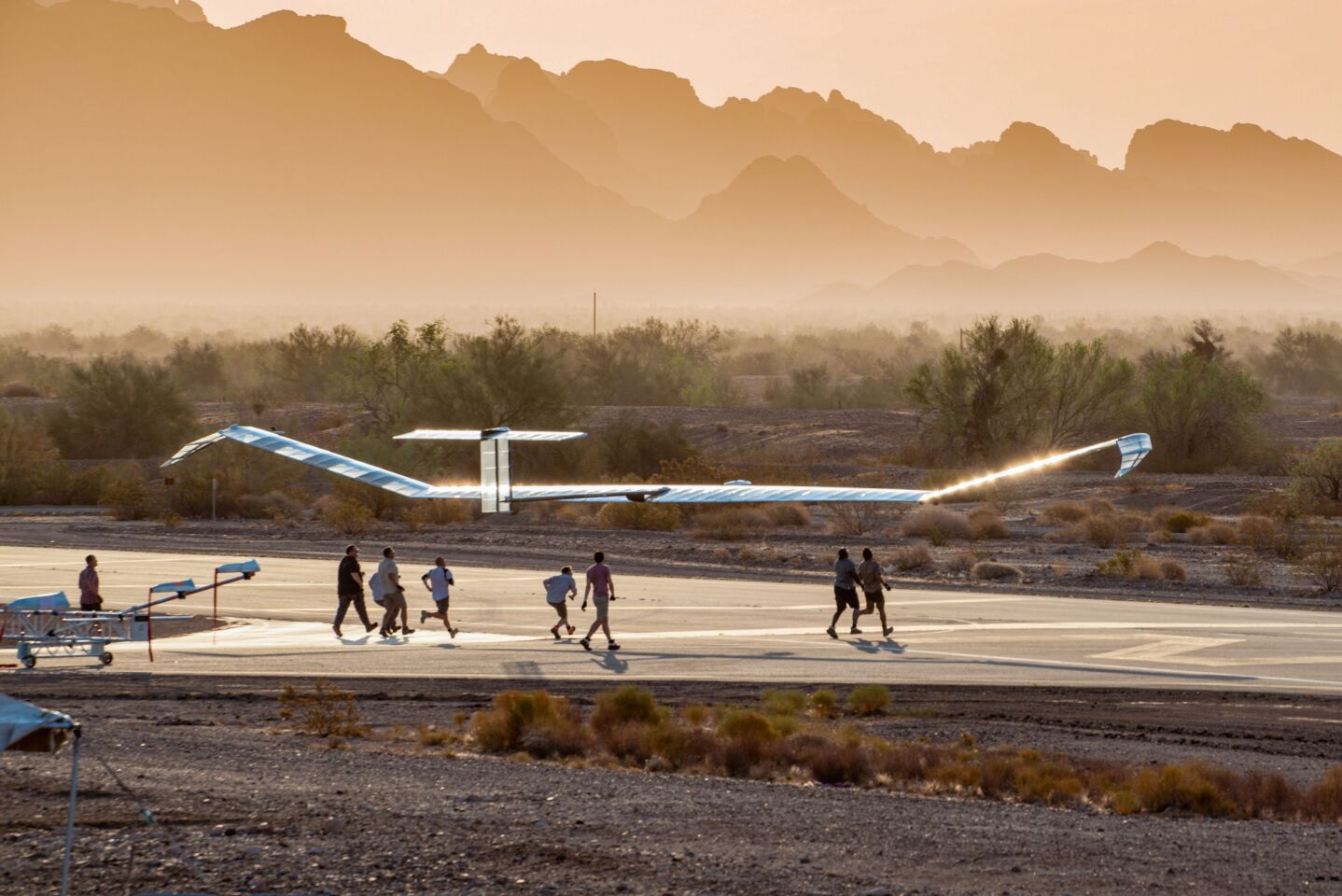Airbus' high-endurance stratosphere drone, the Zephyr S, has set a new altitude record for an Unmanned Aerial System (UAS) in its class, soaring to 76,100 ft (23,915 m) in the skies over Arizona during two flights totaling 36 days aloft.
The latest test flights of the solar-powered High Altitude Platform System (HAPS) were aimed at not only setting new records, but also the more practical goals of moving the Zephyr S to operational status. This included carrying different payloads, demonstrating precise stratospheric maneuverability and station-keeping over points on the ground, testing the company's Optical Advanced Earth Observation system for Zephyr (OPAZ) payload for streaming Earth observation data, and securing US FAA approval to fly inside the US National Airspace System.
The latter is particularly important because the Zephyr S needs to operate in a semi-autonomous mode outside of restricted airspace and in the stratosphere above commercial air traffic. The 887 hours clocked in flights of 18 days each in the latest tests, which wrapped up on September 13, brings the total for the Zephyr to 2,435 stratospheric flight hours.

Though the Zephyr is being developed for a wide range of markets for applications including communications with the coverage equivalent of 250 cell towers, border surveillance, and environmental monitoring, its chief customer is the UK Ministry of Defence, which sees the platform as a potential pseudo-satellite for command and control functions. If satellite data links are lost, a squad of Zephyrs could circle over an area for months at a time to maintain communications and reconnaissance.
The Zephyr S is the largest of the Zephyr line, weighing in at 75 kg (165 lb) despite having a wingspan of 28 m (92 ft). It can carry a payload of 5 kg (11 lb) and remain aloft for up to 26 days thanks to banks of Amprius lithium-ion batteries totaling 24 kg (53 lb) that are charged during the day by thin, flexible, high-efficiency gallium-arsenide solar cells mounted on the wings.
"Working with Airbus and the Zephyr team during the 2021 flight campaign, significant progress has been made towards demonstrating HAPS as a capability," says James Gavin, Future Capability Group Head at Defence Equipment & Support, the procurement arm of the UK Ministry of Defence. "This summer’s activities represent an important step towards rationalizing the stratosphere."
Source: Airbus







